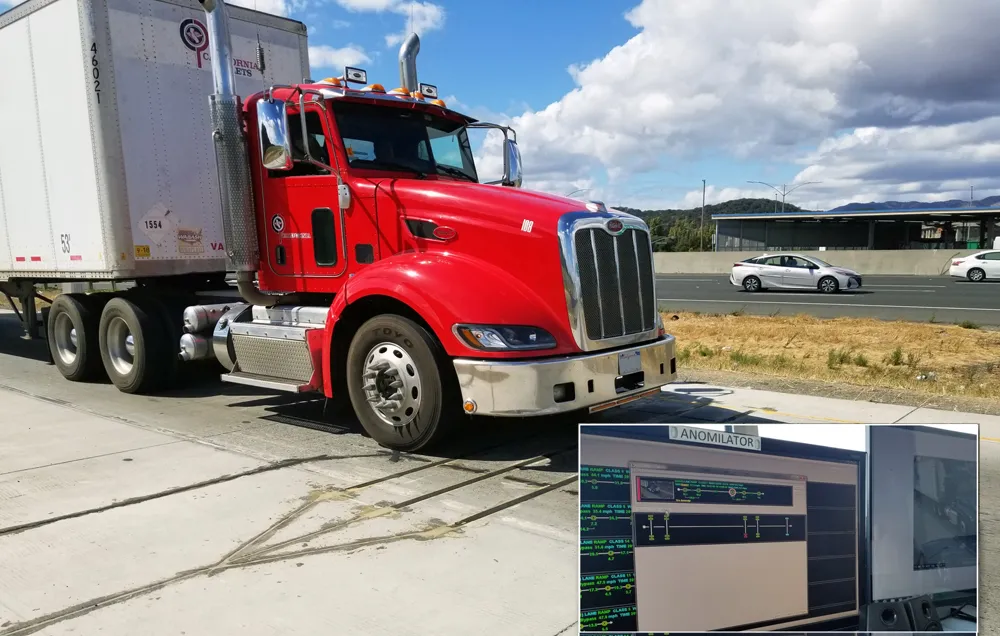US technology service provider, Drivewyze, is to supply its PreClear bypass service at four mobile inspection sites in key locations throughout Rhode Island. PreClear enables commercial vehicles to bypass weigh stations and temporary mobile inspection sites buy leveraging cellular networks and the internet to provide smartphones, tablet and select electronic on-board recorders (EOBRs) with transponder-like functionality. The company says that, unlike other bypass programs, the cost-effective Drivewyze PreCl
October 8, 2012
Read time: 2 mins
US technology service provider, Drivewyze, is to supply its PreClear bypass service at four mobile inspection sites in key locations throughout Rhode Island.
PreClear enables commercial vehicles to bypass weigh stations and temporary mobile inspection sites buy leveraging cellular networks and the internet to provide smartphones, tablet and select electronic on-board recorders (EOBRs) with transponder-like functionality.
The company says that, unlike other bypass programs, the cost-effective Drivewyze PreClear services provide a convenient, safe, and secure automated bypass solution for both permanent sites and mobile inspection sites, extending bypass services to local, low-volume and remote weigh stations and ports of entry.
"We are glad to be working with Drivewyze," stated Sergeant Dave Medeiros of the Rhode Island State Police. "This is a positive step forward for Rhode Island, as we can now leverage new technology to create a safer and more efficient highway for both commercial and civilian drivers alike."
Chris Maxwell of the6677 Rhode Island Trucking Association agrees. "The Rhode Island Trucking Association is pleased, in conjunction with local authorities, to be working with Drivewyze to enlighten and educate our members concerning the numerous benefits of this technology."
PreClear enables commercial vehicles to bypass weigh stations and temporary mobile inspection sites buy leveraging cellular networks and the internet to provide smartphones, tablet and select electronic on-board recorders (EOBRs) with transponder-like functionality.
The company says that, unlike other bypass programs, the cost-effective Drivewyze PreClear services provide a convenient, safe, and secure automated bypass solution for both permanent sites and mobile inspection sites, extending bypass services to local, low-volume and remote weigh stations and ports of entry.
"We are glad to be working with Drivewyze," stated Sergeant Dave Medeiros of the Rhode Island State Police. "This is a positive step forward for Rhode Island, as we can now leverage new technology to create a safer and more efficient highway for both commercial and civilian drivers alike."
Chris Maxwell of the








